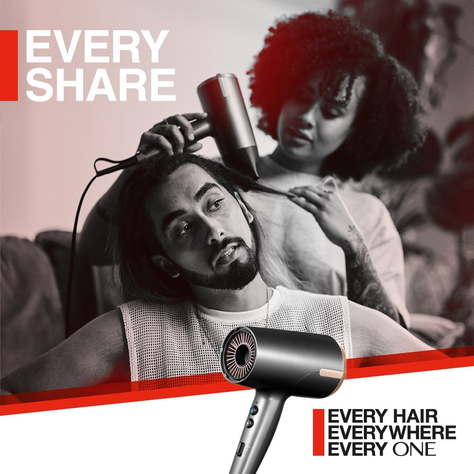
Need:
A global hair care brand was in the process of revamping its global brand strategy. The brand had been popular in Europe, APAC, and LATAM during the 80s and 90s but had since lost its appeal. The brand’s hair products had stalled and lacked innovation, failing to resonate with today’s diverse global consumers.
To address this challenge, the brand began a multi-phased segmentation study to identify and profile global haircare segments with local market nuances around needs, attitudes, behaviors, and the social, cultural, emotional, and functional drivers shaping their relationship with haircare.
Before launching a segmentation study, the brand required a foundational understanding around how race/ethnicity, culture, and hair type shape consumers’ preferences and expectations of hair care products.
Solution:
To discover the narratives and the cultural influences that are driving today’s trends in the haircare and hairstyling space, the proposed approach included:
- 6 In depth expert interviews with hair and beauty thought leaders (including hair historians, beauty influencers, celebrity hair stylists, academics specialized on diversity, equity, and race, amongst others).
- 10 focus groups with hairstylists specialized in distinct groups of hair styles across the world
- 3-day online diary with 54 consumers of hair products from diverse identities and races across markets
- 16 interviews with consumers (from the diary studies)
Results:
One of the main findings across this initial foundational piece was the urgent needs across the diverse hair consumers to find hair-styling products that uniquely fit their needs. In the past, the market tended to be mono-cultured and the products available were more of a “one size fits all” but with hair, the needs are very distinct.
The study identified areas of product development and brand positioning, and were used by the C-suite to drive their product launches and market brand repositioning.


















